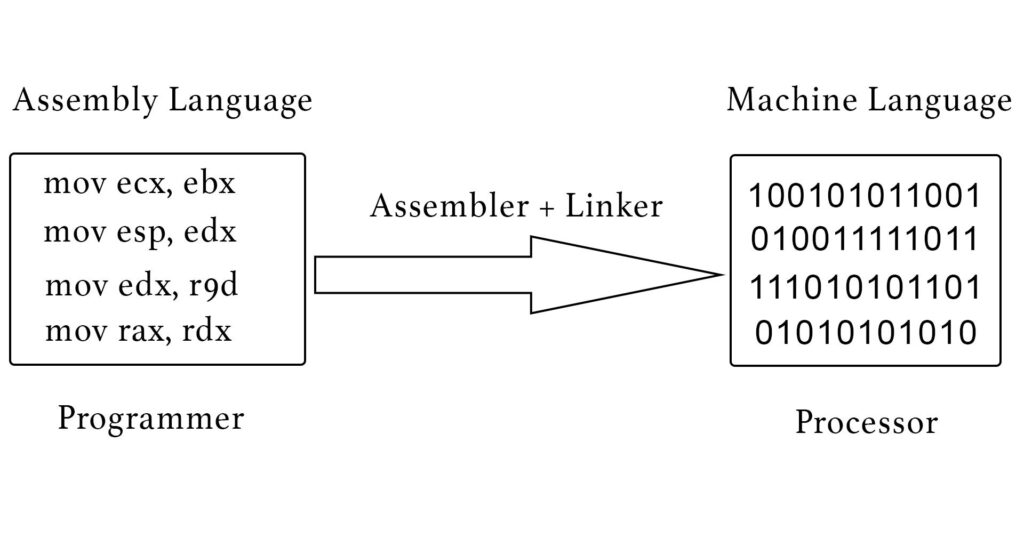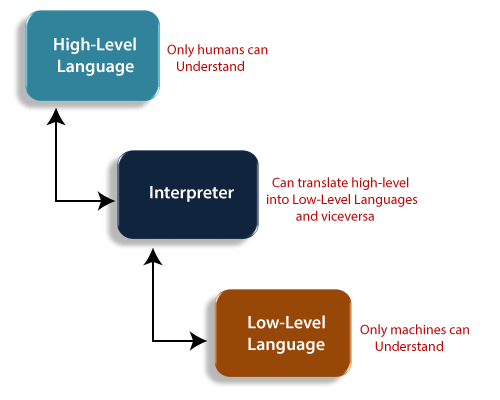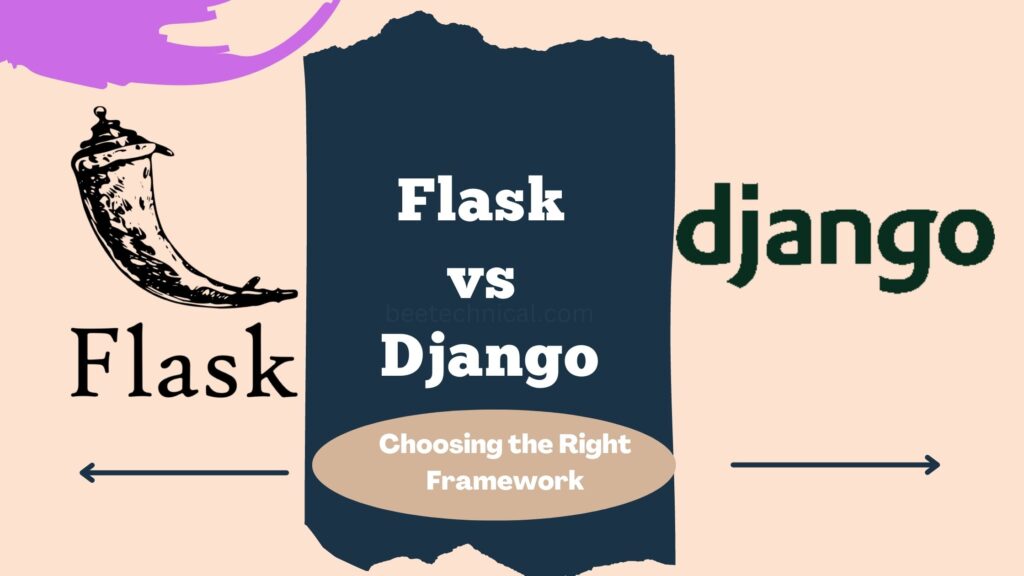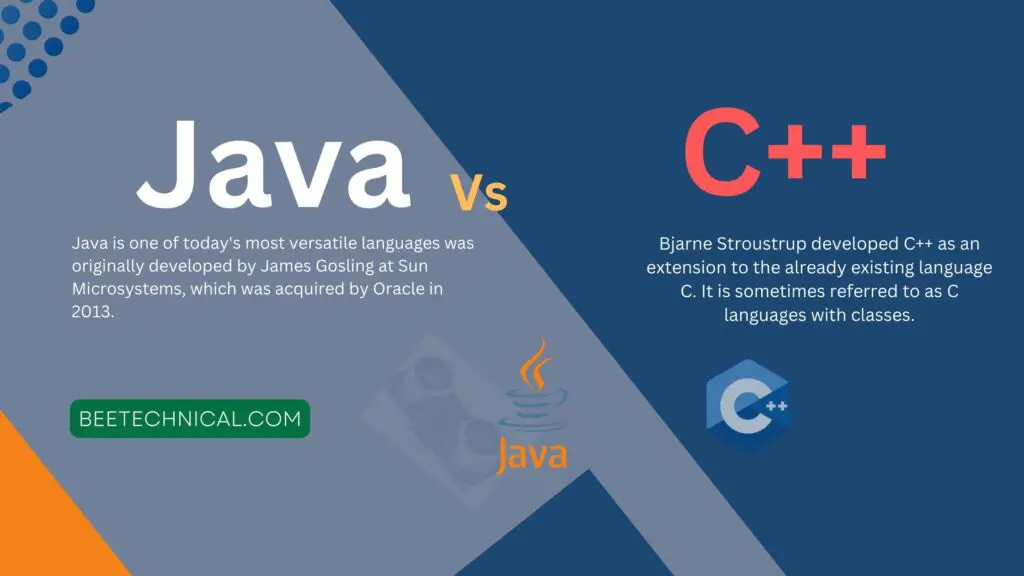Most people are unaware of the distinctions between scripting vs programming languages and use the terms interchangeably. They may sound similar, but they are very different.

Anyone looking to put their feet in the realm of software development should be aware of the distinctions between scripting and programming languages. Recent advancements in programming have blurred the lines of distinction between the two.
Each scripting language can be utilized as a programming language; however, the reverse isn’t true. The main distinction between them is that the scripting languages don’t have to be compiled; rather, they are interpreters.

Before introducing scripting languages, the use of programming languages was to develop programs such as Microsoft PowerPoint, Microsoft Excel, Internet Explorer, etc. There was the need for languages to add additional functionality, hence the need for the scripting language.
Let’s now look at scripting and programming languages in greater detail and then explore the main similarities between the two.
What is a Scripting Language?
It is also referred to as scripting, a language specifically designed for use in runtime environments. It helps automate the execution of specific tasks. They are employed in system administration and web development, games, and the creation of extensions and plugins.
They are interpreters (An Interpreter executes the instructions written in a scripting or programming language directly, without the need for the language to be converted into a machine language program).
They tend to be quick and slick and can be interpreted using the source code or the byte code. Most scripting languages are open-source and compatible with almost all platforms, meaning that no specific software is needed to run them. They are simply a set of commands executed without the aid of compilers.
In light of your goal and situation, a scripting system is the best choice depending on your goals and circumstances. There are two major kinds of scripting languages-
- Server-side scripting language: The Server-side scripting language is utilized to build dynamic websites. They are run on the web server. These languages execute backend operations. Examples include PHP, Python, Node.js, Ruby, and Pearl.
- Client-side scripting language: The client-side scripting language is run by browsers. These languages are considered to be front-end languages. Examples include HTML, jQuery, CSS and JavaScript.
What is a Programming language?
The programming language is utilized for communicating with computers to create mostly websites, desktop apps, and mobile apps. It’s a set of instructions written to achieve an objective.
C, C++, Java, and Python are among the many examples of languages used in programming. The latter is used to create algorithms that allow computers to take action. Programming languages are classed into three types:
Machine language: Machine language is a low-level computer language that computers can comprehend quickly. They consist of binary instructions or hexadecimal and are the fundamental language of computers.
Assembly language (ASM): It is a different low-level programming language designed by specific processors. It’s just an abstract and human-friendly representation of the entire collection of instructions.

High-level language(HLL): It is an advanced programming language used to design user-friendly websites and software. This programming language requires an interpreter or compiler to convert the program written by the user to machine language (language which is understood by computers).

The main benefit of a high-level language is that it is easy to write, read and maintain. Python, Java, JavaScript, PHP, C#, C++, Cobol, Perl, Pascal, LISP, FORTRAN, and Swift are high-level programming languages. High-level language may be further classified into:
Programming Language and Scripting Language

Let’s examine some of the differentiators between scripting and programming languages. The table below outlines several distinct features of these languages.
| Programming language | A scripting language |
| The programming language can be described as a kind of computer language which consists of instructions to communicate with computers. | It is one type of programming language utilized to automate the execution of tasks in an environment that runs. |
| The majority of programming languages are built. The overhead of translation occurs only once the source code is built; then, it just must be loaded and then run. | The majority of scripting languages are interpreted languages. They need to be parsed, interpreted, and executed every time a program is executed. |
| Classic programming languages are built on lower levels of languages. | Languages that script generally prefers high-level languages. |
| The execution of a program can take longer as they are constructed. | The execution of a script requires less time because scripts are usually brief. |
| It can be used to design an entirely new program or part of software right from the beginning. | It can be used to improve the functionality of an existing program or to automate the process of completing a particular job. A scripting language can be used to regulate the behavior of the program. |
| The majority of traditional programming languages are more powerful in the abstraction of data and control. | Scripting languages usually emphasize flexibility and the richness of expressions. |
| In addition, the programming language can run or run independently. | A scripting language runs within the parent program. |
| A programming language typically needs a large number of lines of code to complete the job. | A scripting language generally has fewer lines than a programming language to complete an action. |
| Programming languages come with high maintenance expenses. | Scripting languages usually have low maintenance costs. |
| Programming languages generate .exe files. | Scripting languages do not create .exe files. |
| Graphic and user interface design are typically implemented by programming languages. | Designing user interfaces as well as data types as well as graphic designs is greatly assisted by scripting languages. |
| Programming languages are created to make the development of software more simple. | Scripting languages are utilized to support programming languages and help make coding more efficient and quicker. They are generally utilized for open projects and web development. |
| Language code that is programmed takes more time to create because more code has to be written (in the majority of instances). | Languages that script takes less time to code since fewer lines (in the majority of instances) of code are required to write. |
| Programming languages can be self-executable. | Scripting languages require an internet connection sometimes. |
| The majority of programming languages are not scripting languages. | The majority of scripting languages can be described as programming. |
| Examples include C, C++, Java, Python, etc. | Examples include Perl, PHP, JavaScript, etc. |
Conclusion
The execution process and the environment are the main distinctions between scripting and programming languages. These languages can describe themselves as extensions of existing software (written in the programming language).
Most software and programs have been written with programming languages. However, functionality is determined using scripting languages.
While programs are written in a programming language to develop software and programs from scratch, scripting languages are also used to add additional functions to the software.
The ever-growing demands for interactive web pages and apps have increased the demand for scripting languages. The requirement for the traditional programming structure to develop complex software will not be diminished.
Scripting languages are stunning structures built upon the foundation of programming languages. Both languages come with their advantages and disadvantages and are designed to complement each other.








